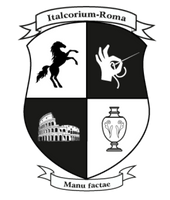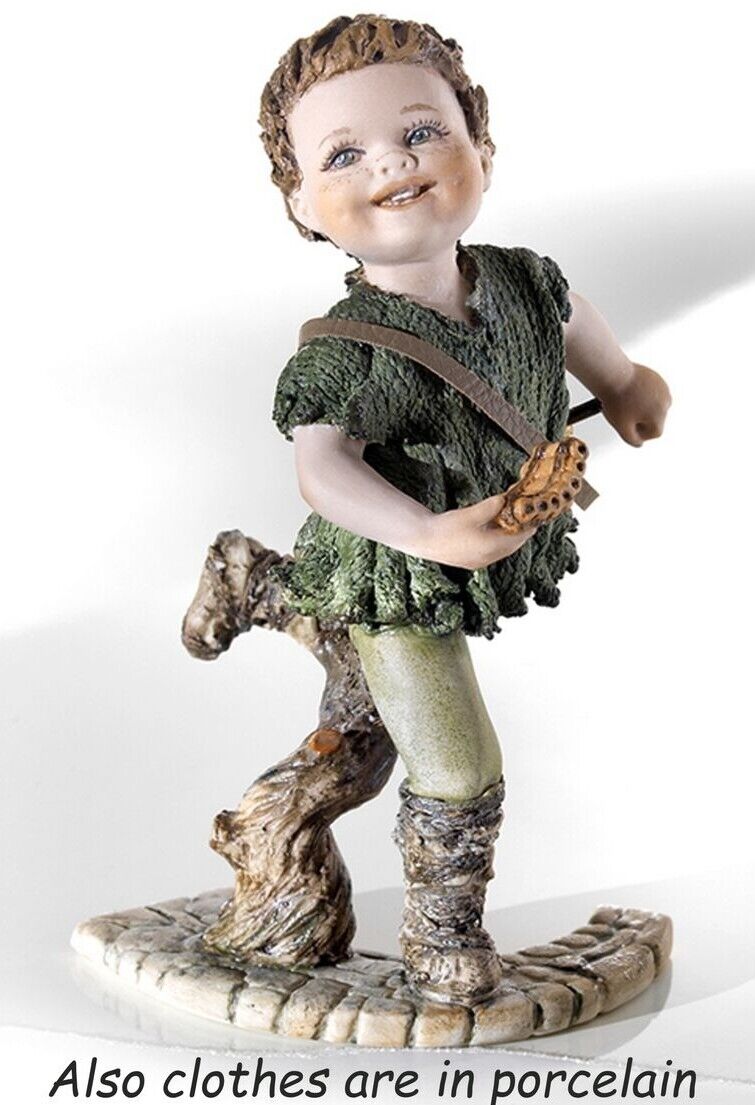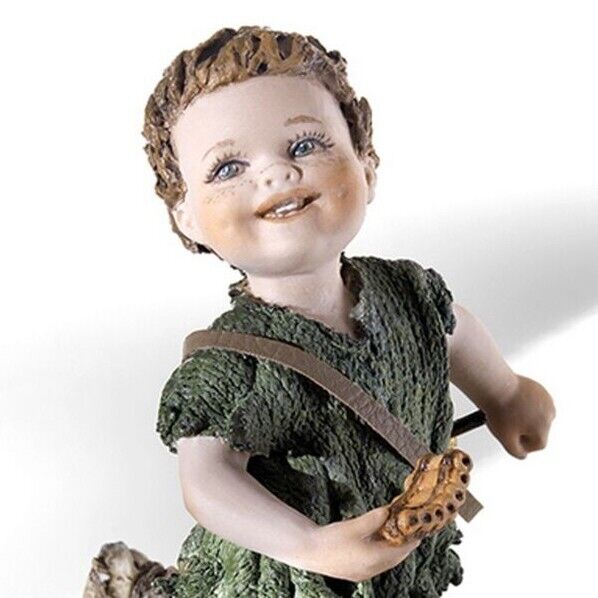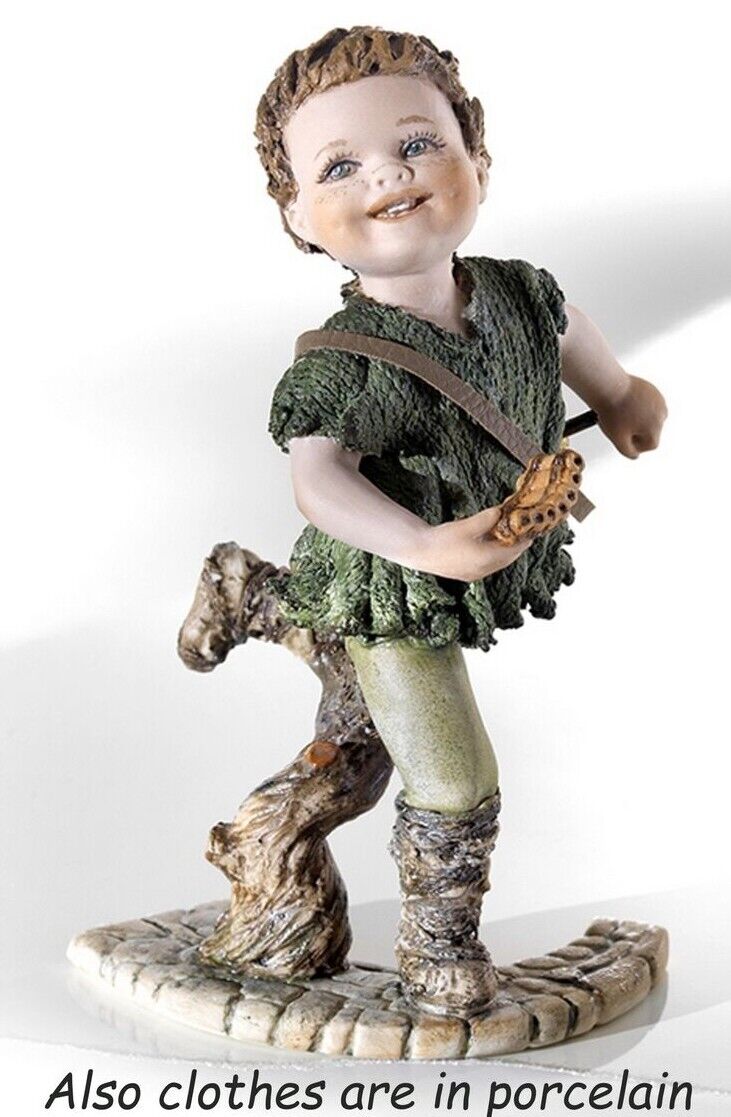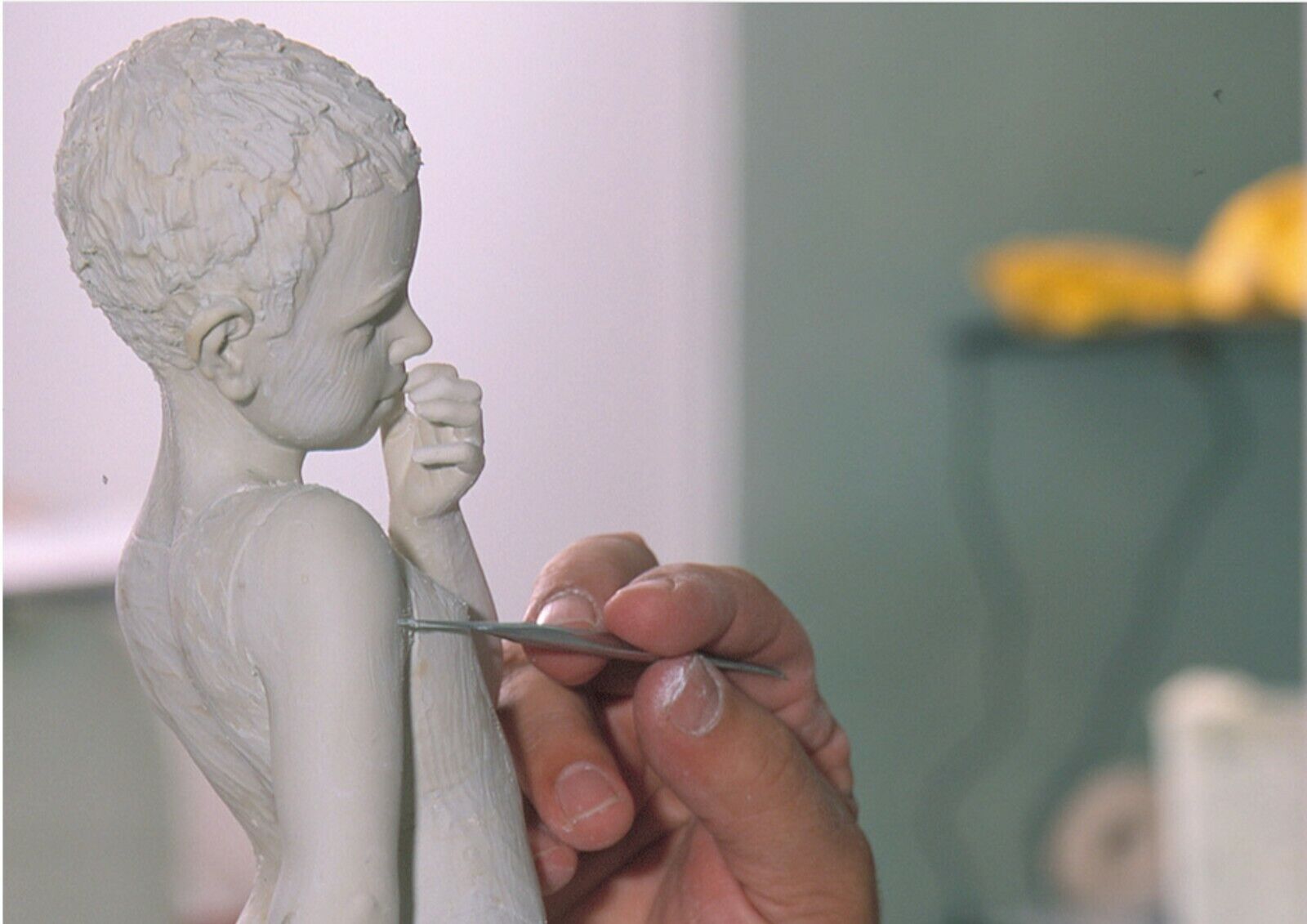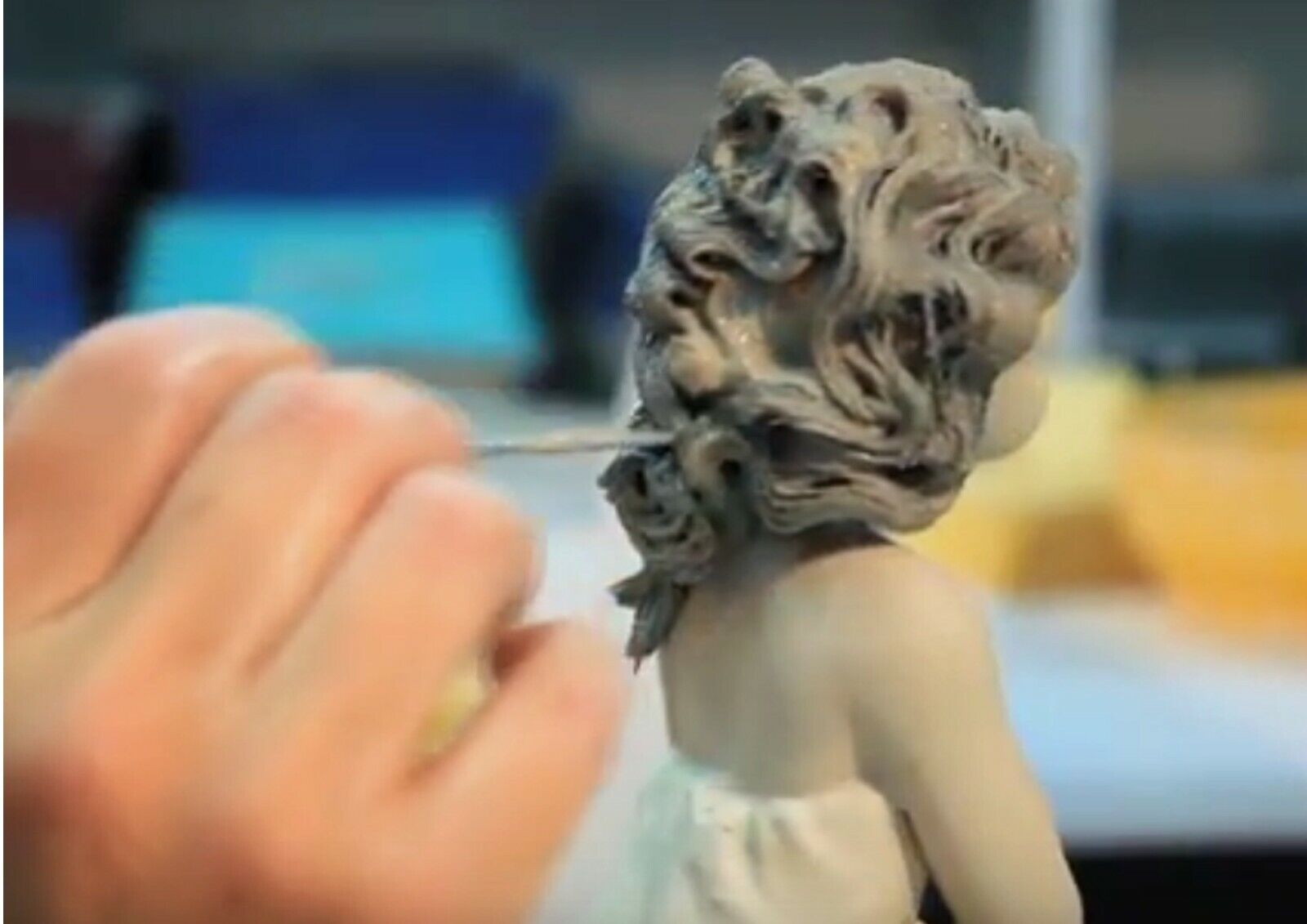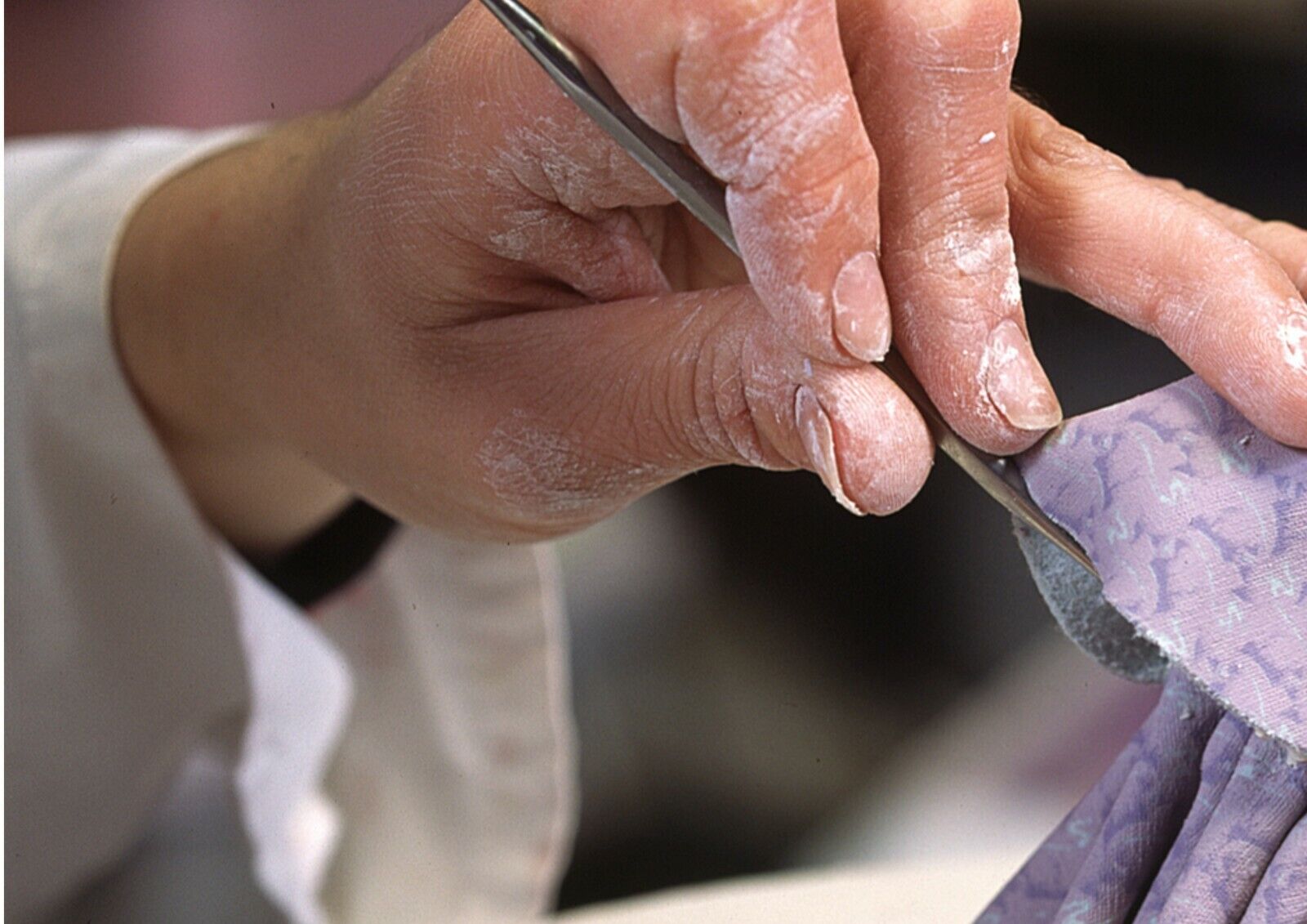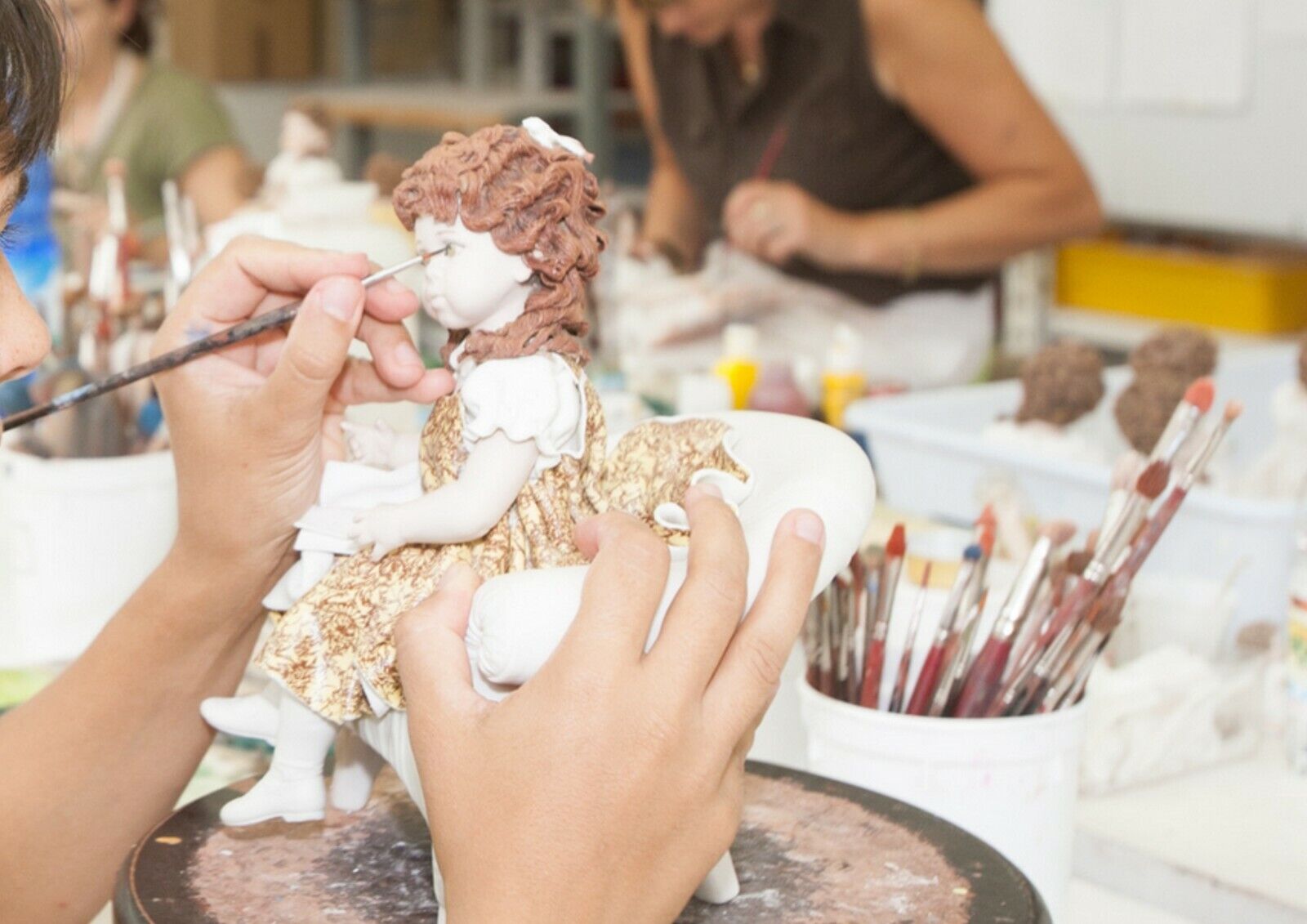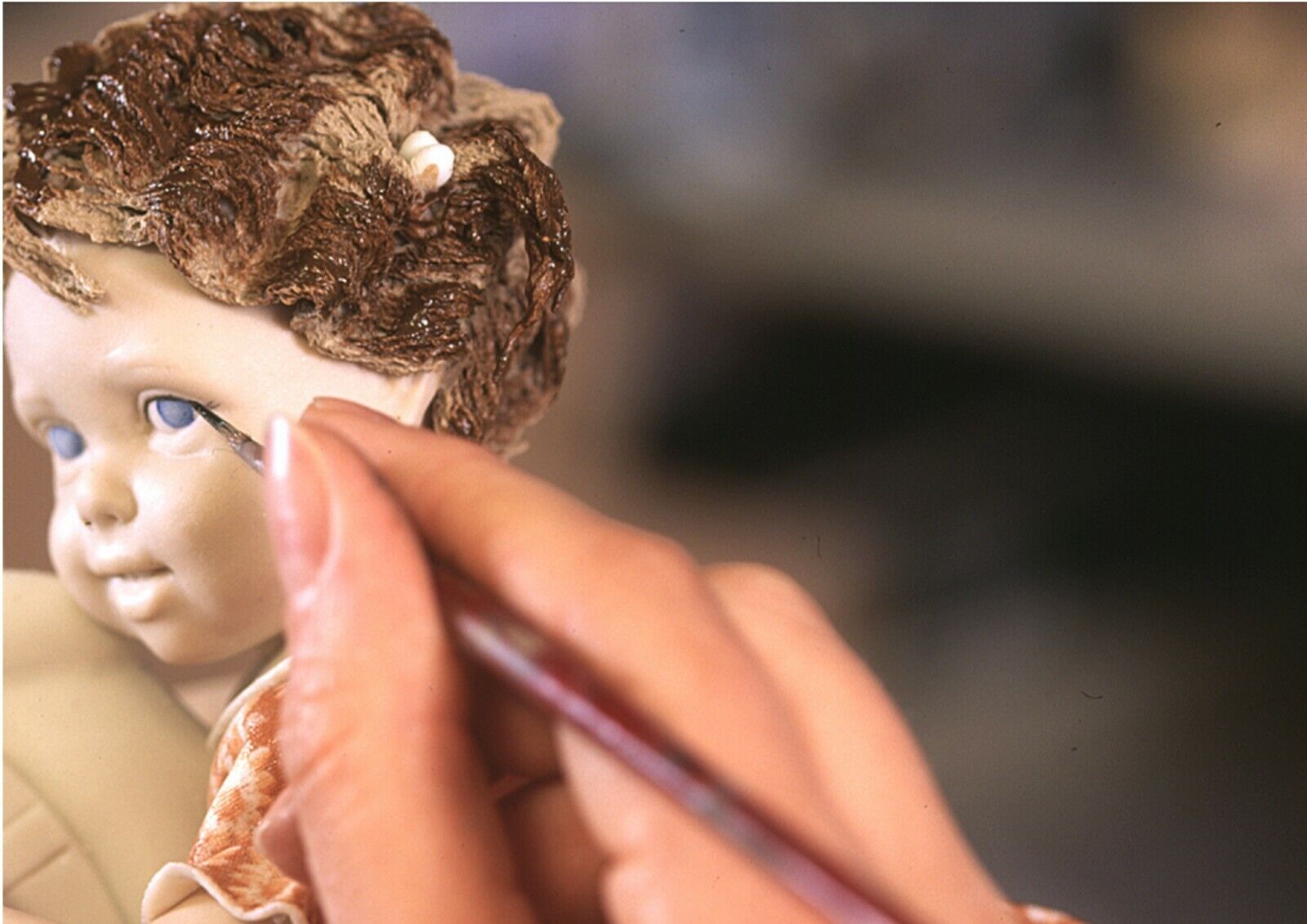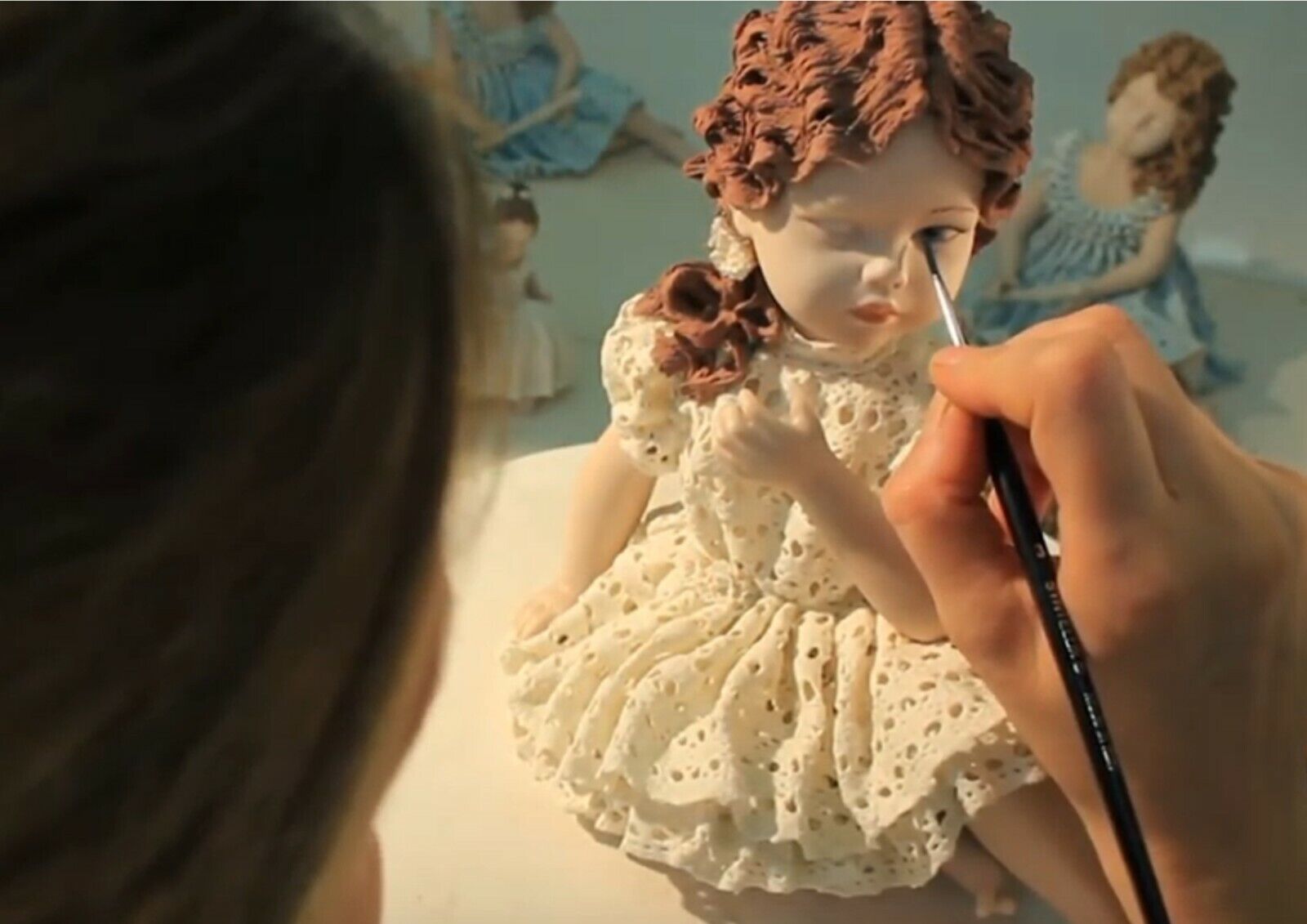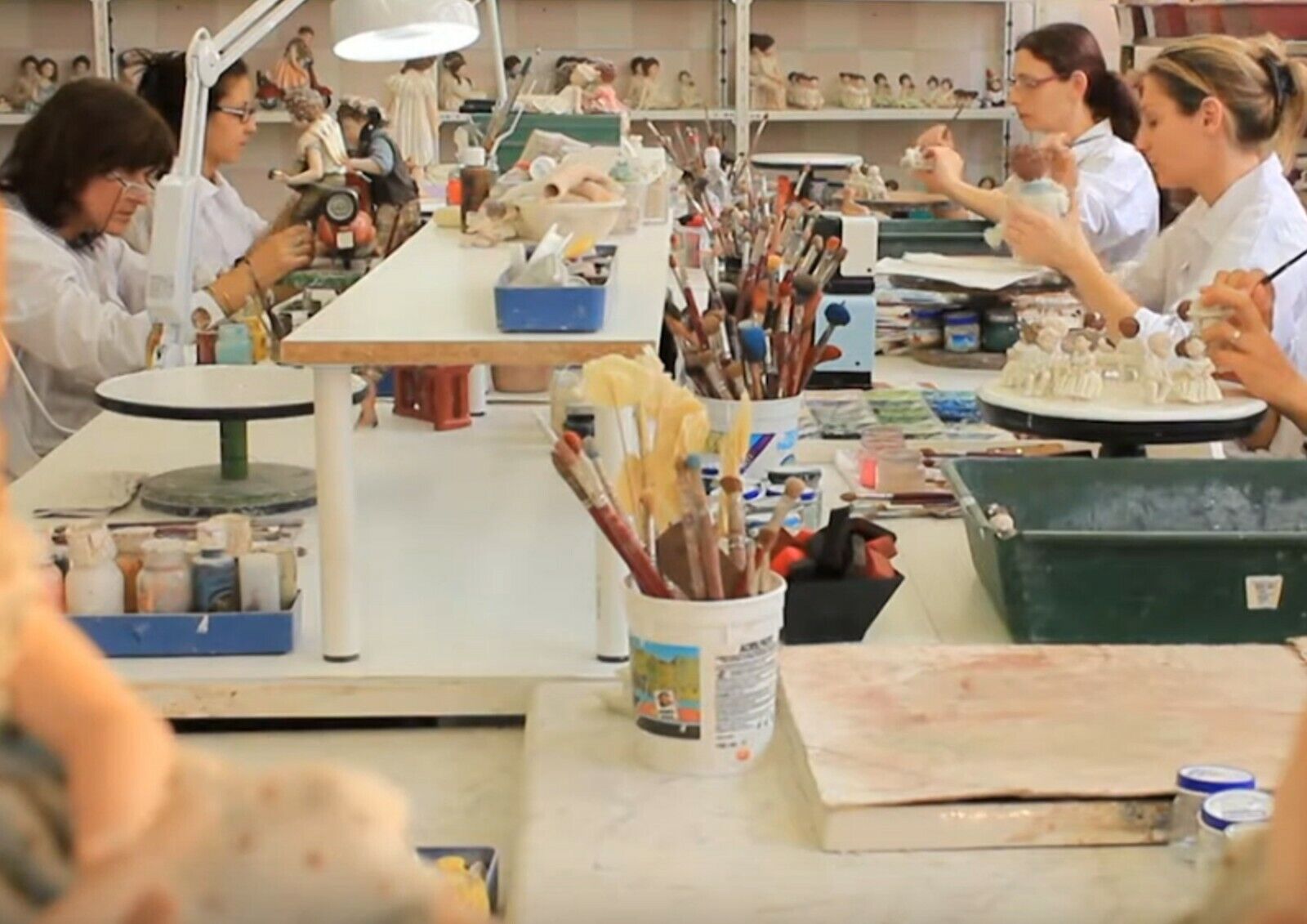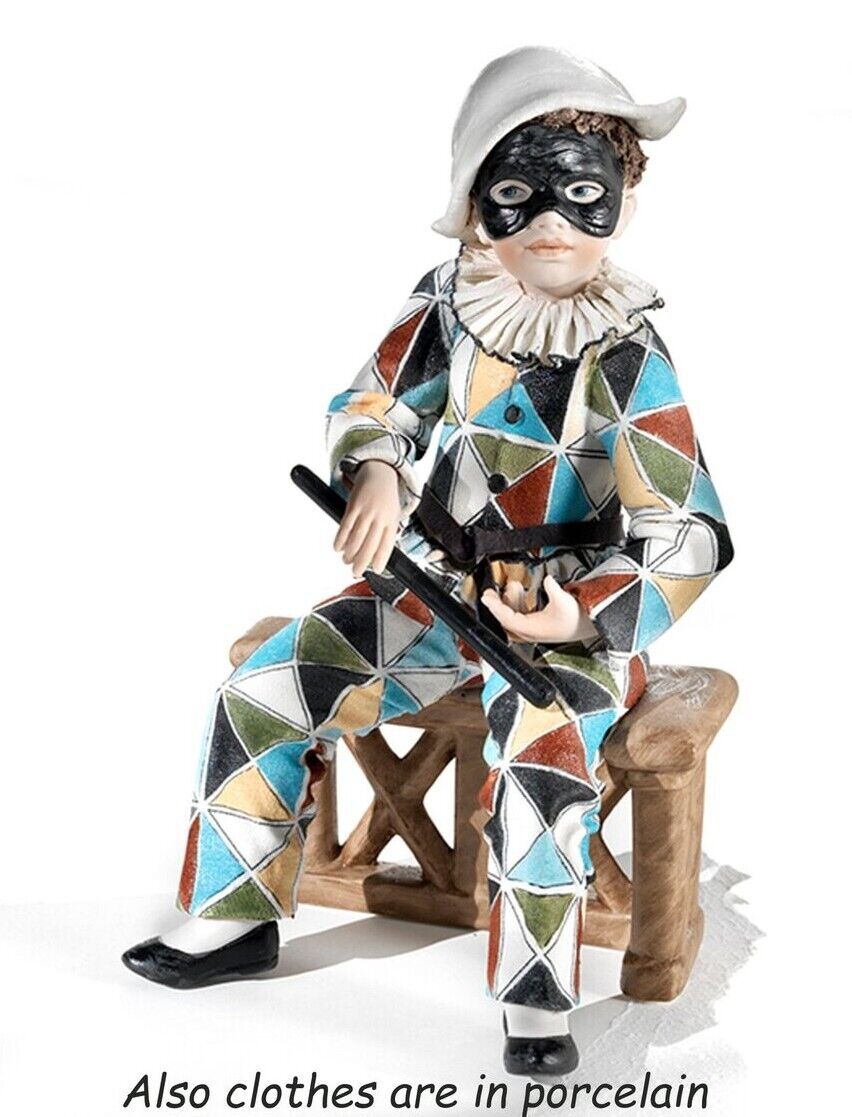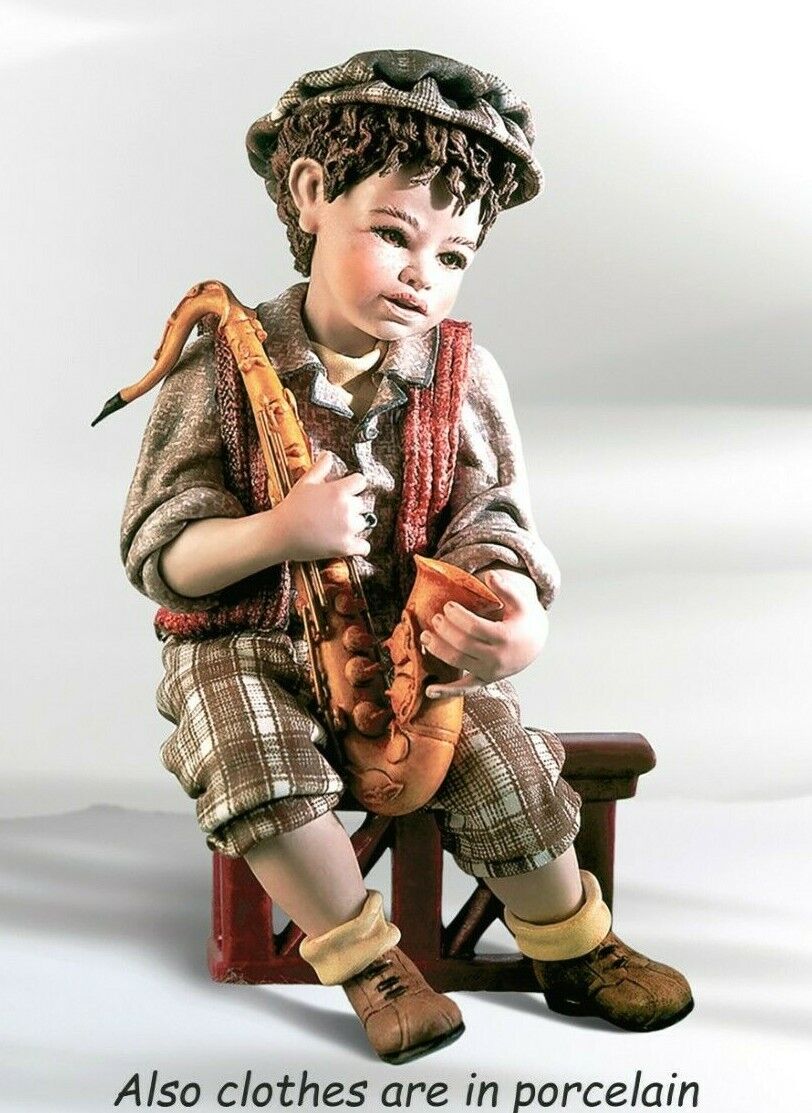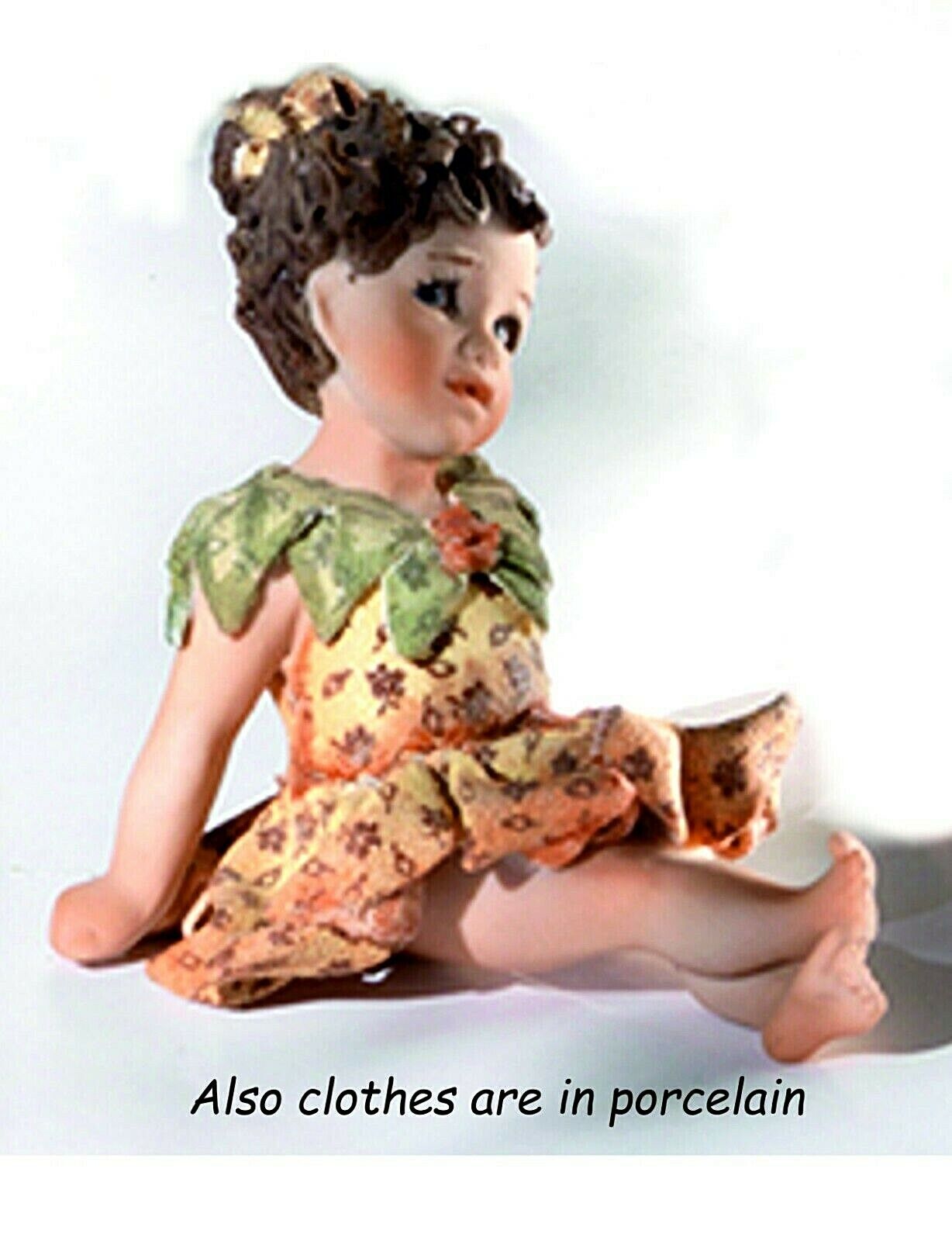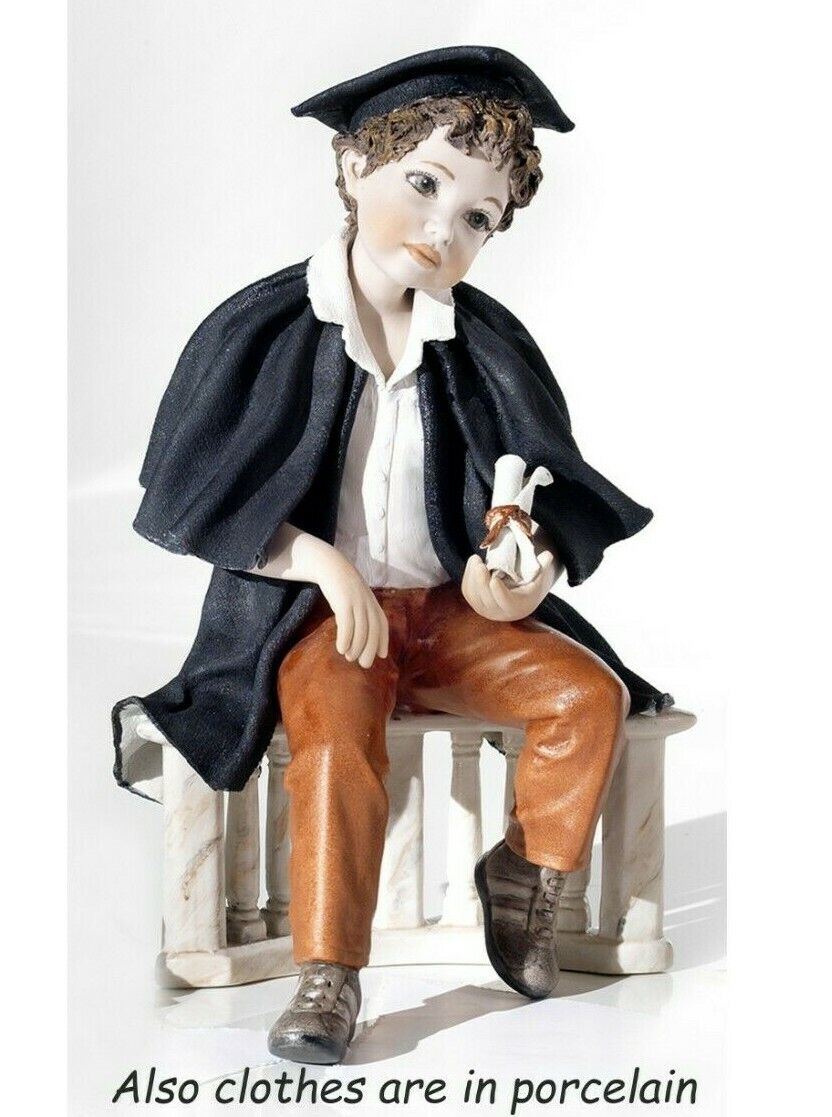The artistic porcelain
Starting with technical concepts and stylistics of the Capodimonte porcelain school, respecting the tradition of the artisan workshop and with a meticulous research on materials for continuous product innovation, these enchanting figurines are born.
The whole creation process takes place in Vicenza, Italy, where expert craftsmen, model makers and painters they take care of the pieces, finishing each statue down to the smallest details and giving each face its own expression.
These children’s figurines represent the infantile world with its purity and naivety, a more modern and contemporary representation like their particular expressiveness.
Collectables or gift items, but also favors of particular value:
The emotions they transmit can easily convey a thought, a message for
whoever wants make a precious gift, but it can also be a piece of furniture.
Porcelain figurine statue of Peter Pan with flute
Handmade in Italy
Peter Pan
Porcelain figure depicting Peter Pan.
He wears a frayed forest green tunic and tight pants of the color
grass, with brown leggings held together by the long grasses of the forest.
He is about to take off, looking for the right stability in the trunks he finds around him,
while with one hand he repairs the short sword that he carries at his side and with the other he holds his own
flute of bamboo reeds, with her hair already ruffled by the wind.
Height: 17.5 cm
Production phases.
SCULPTURE
Starting from a block of clay that is modeled to obtain that face, that expression of the object that you want to represent.
THE MOLDS
The sculpture is sectioned into several parts and a mold is obtained from each.
THE FOGGIATURA
Porcelain is a mixture of kaolin, feldspar, quartz and water. The casting that is poured into the mold.
FINISHING AND ASSEMBLY
Removed from the molds the pieces dthey need to be smudged and refreshed.
The figure is reassembled by assembling the various components.
Finally, all those details are applied that need to be made by hand and which are the value of craftsmanship.
THE LEAFLETS
What we believe to be one of the elements that most characterizes us is grafted here.
By studying the characteristics of the materials we have created thin sheets, created with a special tulle dipped in porcelain. Then we developed a method that allows us to print on these decorative motifs typical of fabrics.
The sheets thus decorated and still in a plastic state are cut according to the desired shape to “dress” the figurines.
These sheets put in the oven are transformed from fabric into porcelain, so it is that our porcelain pieces seem to be made with real fabric.
The hair is thin strands of porcelain that from time to time are combed over the bare head.
These stages of processing are very delicate because every mistake causes cooking defects and extreme care is required in handling the sheets without damaging the decorations.
COOKING
Each piece is dried and further dry finished to remove any defects.
During cooking at 1300° C, the porcelain dough comes close to its melting point.
DECORATION
After cooking over high heat, the bisque is cleaned and sometimes smoothed and decorated.
According to the Capodimonte technique.
Finally there is the cooking of the color, or third fire.
QUALITY CHECK
Finally, any details are added such as the shoulder straps of the bags or the strings of the violins, applied cold on the finished piece.
The pieces are carefully checked one last time.
Each item produced by Sibania is absolutely unique.
Both in the realization of every single piece.
Both in the technique of production that has no equal and that makes it inimitable.
Our ladies of yesterday and today. . . You can find them all in our eBay shop
